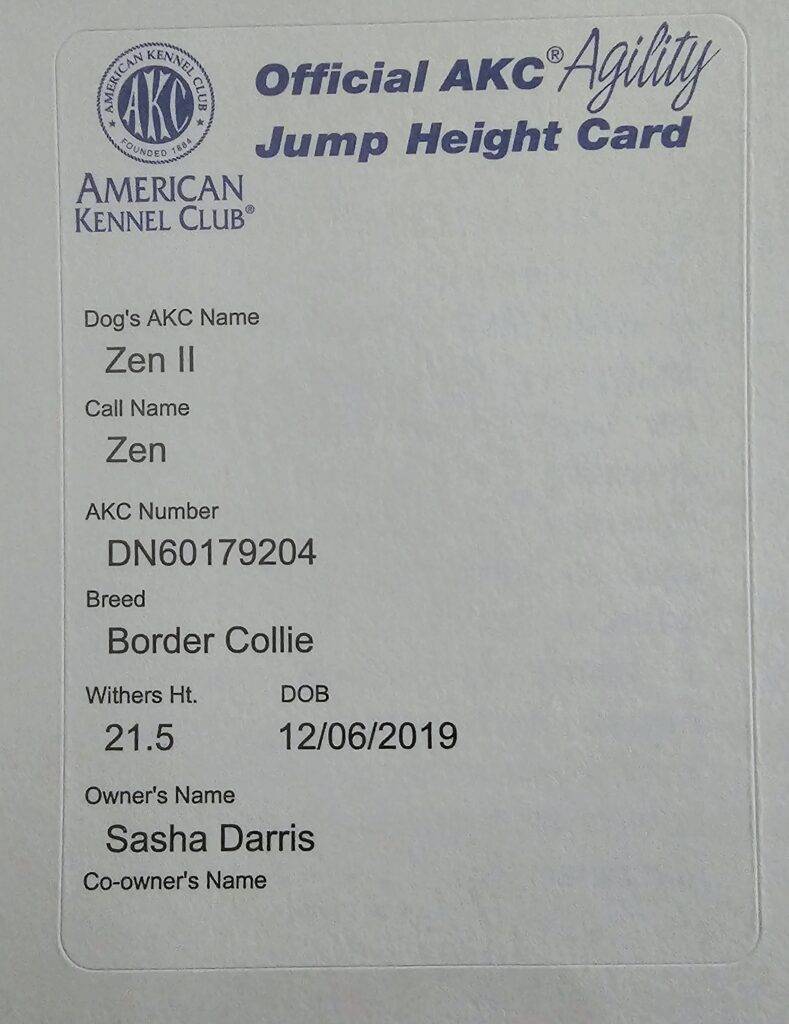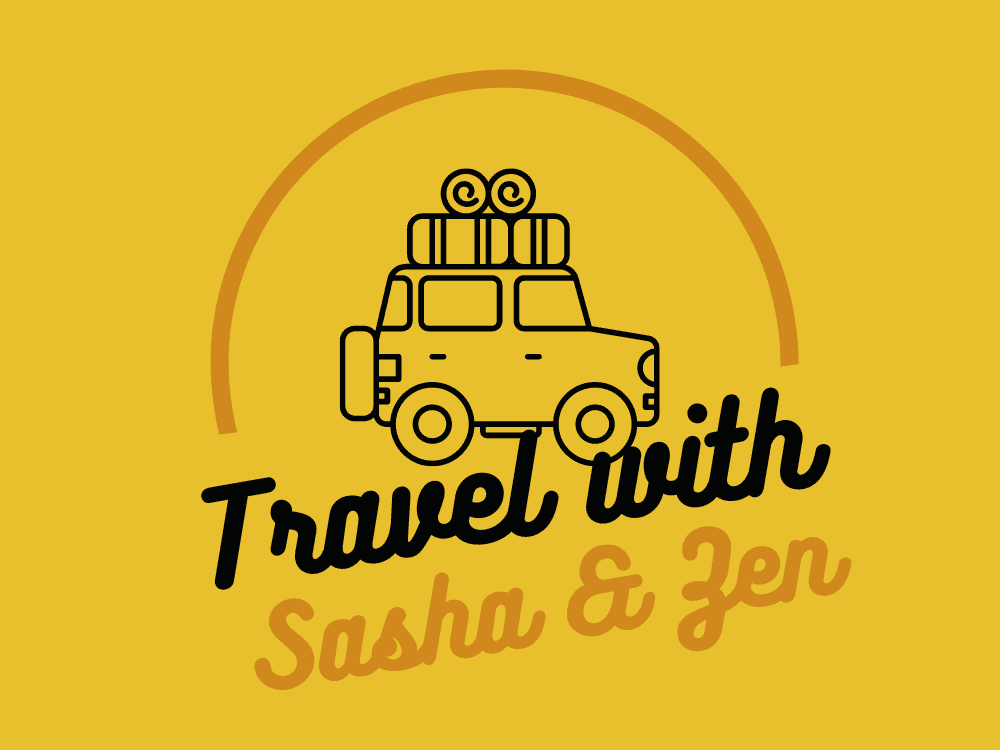Getting Started with Dog Agility: A Beginner’s Guide
If you’re new to dog agility training and wondering where to begin, this article is for you. Countless detailed guides are available, but it can be challenging for a beginner to find the right information. If you’ve felt overwhelmed or uncertain about how to start your dog agility journey, keep reading!
Why Dog Agility?
Dog agility is a fantastic sport that combines physical training and mental stimulation for your dog. It’s especially beneficial for high-energy dogs or those who seem bored due to a lack of mental challenges. If your dog is intelligent and always looking for something to do, agility could be the perfect outlet.
No Special Fitness Required
One of the common misconceptions about dog agility is that you need to be in peak physical shape to participate. When I started competing at a basic level with my dog, I expected to see mostly young, fit people. To my surprise, many handlers were older, and both they and their dogs were having a blast. You don’t need to aim for the world championships to enjoy dog agility. It’s about having fun and bonding with your dog, regardless of age or fitness level.
The best way to begin is to find a local dog agility class. These classes will introduce you to the basic obstacles and teach you foundational skills crucial for your dog’s success. A structured class is a great way to ensure you and your dog are learning the right techniques from the start.
How to Get Started
If you don’t have access to a nearby class but have some space in your yard, you can still give agility a try. Affordable obstacle sets are available online, and you can set up a simple course at home. This DIY approach can be a fun way to see if agility is something you and your dog enjoy.
Handling Skills
Handling skills are just as crucial as teaching basic agility skills to your dog, and learning them is incredibly important. If you’re new to agility, you’ve likely never handled a dog on a course before, so it’s essential to learn the correct techniques from the start. While it’s challenging to explain handling techniques in an article, the absolute best way to learn is through a class. If in-person classes aren’t an option, consider taking an online course. In many ways, it’s actually easier to teach the dog than it is to teach the handler!
Common Dog Agility Obstacles
If you’re considering starting dog agility training, it’s helpful to know the different obstacles your dog will encounter. Here’s a list of the most common agility obstacles:
- Jumps
- Bar Jumps: The most basic obstacle where your dog jumps over a horizontal bar set at a specific height.
- Panel Jumps: Similar to bar jumps, but with a solid panel instead of a bar.
- Tire Jump: A tire suspended in a frame that the dog jumps through.
- Broad Jump: A series of flat boards that the dog jumps over in a long, horizontal leap.
- Tunnels
- A flexible tube that dogs run through. It can be set in straight or curved shapes.
- Weave Poles
- A set of vertical poles that the dog must weave through in a serpentine motion. This obstacle requires precision and speed.
- Contact Obstacles
- A-Frame: Two wide planks hinged together to form an “A” shape. The dog must ascend one side and descend the other, touching the contact zones at the start and end.
- Dog Walk: A narrow, elevated walkway with ramps at both ends. The dog must walk across, again hitting the contact zones.
- Teeter-Totter (Seesaw): A plank that tilts when the dog steps on it, requiring balance and control to navigate.
- Pause Table
A low table where the dog must pause and stay for a few seconds before continuing the course. This obstacle tests the dog’s obedience and control.
Start at Home
If you decide to start at home, I recommend beginning with these three key pieces of equipment:
- Jumpers
Jumpers are a great starting point. While there are many options online, our favorite for quality versus price is this AGILITY JUMPER. Always start with the bar at a lower level and gradually raise it over time. The jumper height should never exceed your dog’s height. If you’re starting with a puppy, begin with the bar set very low, as their bones are still developing, and you don’t want to pressure them. For dogs under a year old, avoid setting the bar close to their full height. Be sure to check out our video on how to measure your dog at home without special equipment. - Tunnel
The tunnel is not too expensive but is incredibly fun for dogs and helps build their confidence. It’s a great piece of equipment that adds excitement to training sessions. This AGILITY TUNNEL is probably the cheapest option and is great as step zero. Later, you can always upgrade it. - Weave Poles
Weave poles are essential for building your dog’s agility and coordination. You can purchase them online or use any poles that can be stuck into the ground, spaced 24 inches apart. To start, you’ll be OK with just five poles.
Starting with these three obstacles will give your dog a solid foundation in agility and ensure they have fun while learning.
Agility Competition
You might wonder why a beginner’s training article even mentions competition in dog agility. While it’s not something you have to do, I promise it can be a lot of fun if you give it a try. Here are a couple of things you should know:
You Don’t Need to Be Perfectly Prepared
You and your dog don’t have to be perfectly prepared to enter a competition. Many dogs and handlers participate with just basic skills. They might not finish the run, but everyone enjoys the experience, and every dog and handler usually receives applause, no matter how the run goes. It’s a great motivation for the next time.
Registering for Competitions
When you’re ready to enter your first agility competition, it’s important to know where and how to register. You can find online platforms where you can easily apply for competitions. One such option is this link, which allows you to manage your entries and stay organized.
In agility competitions, your dog competes based on its height, which determines the jump height it will be required to do. For example, if your dog is above 22 inches tall, they would typically jump at the 20-inch height level. However, if you feel that this height is too challenging or your dog is not entirely comfortable with it, you can opt to start at a lower height by entering the “Preferred” class.
The Preferred class allows dogs to jump one height level lower than their measured height, so in this case, a dog that normally jumps 20 inches would compete at 16 inches instead. This option ensures that your dog can participate comfortably and build confidence, especially if you’re just starting out or your dog is still developing their agility skills. It’s a great way to ease into the competitive environment while ensuring your dog’s safety and enjoyment.
Types of Runs
There are two basic types of runs that you will encounter in agility competitions: Jumpers with Weaves (JWW) and Standard.
- Jumpers with Weaves (JWW)
This run consists solely of different jump obstacles combined with weave poles. It focuses on speed and precision as your dog navigates through the jumps and weaves. - Standard
The Standard run includes all previously mentioned obstacles, including jumps, tunnels, contact equipment, and the pause table. This type of course tests your dog’s overall agility skills and ability to handle a wider range of obstacles.
Measuring Your Dog
Your dog must be officially measured before competing. If it hasn’t been done yet, a judge at the event will measure your dog before the run. However, it’s a good idea to find where to get your dog officially measured beforehand. This must be done twice to receive an official height card, like the one in the picture below.

Use the Agility Gate App
You should download the Agility Gate application for your mobile phone to check in on the day of the competition and follow the timetable of runs. All courses will be posted inside the application the night before the run, allowing you to familiarize yourself with the layout. However, walking the course before your run is crucial for creating your strategy on how to navigate through it. This practice will help you visualize your dog’s path and identify the best handling techniques to use during the course.
Whether you choose to compete or not, agility is a fantastic way to bond with your dog while teaching them many valuable skills and learning to work together as a team. Joining a training class or entering competitions also allows you to meet many like-minded individuals who share your passion for dog agility.
Handling Reactivity in Agility Classes and Competitions
I often get questions about how I managed my dog Zen’s reactivity during agility classes and competitions. Reactivity can be a challenge, but agility places provide an excellent opportunity to practice and improve your dog’s behavior by FOLLOWING BASIC STEPS FOR REACTIVE DOGS. Being surrounded by running dogs and the excitement of the environment can be overwhelming at first, but it becomes rewarding with time.
At the beginning, we would wait outside the ring while other dogs were running because it was a big trigger for Zen. This approach allowed him to observe the activity without feeling overwhelmed. As time passed, we practiced REACTIVITY SELF-CONTROL METHOD to help him remain calmer in such stimulating environments. We still use these techniques to manage overstimulation, and I’m happy to say that he has made significant progress.
Agility is not just about mastering obstacles; it’s also a journey of growth for both you and your dog. If you’re facing similar challenges, remember that patience and consistent practice can lead to positive changes.
If you’re considering starting but still have uncertainties or unanswered questions, please comment below or email us using the contact form. I’ll be glad to answer any questions you may have!
